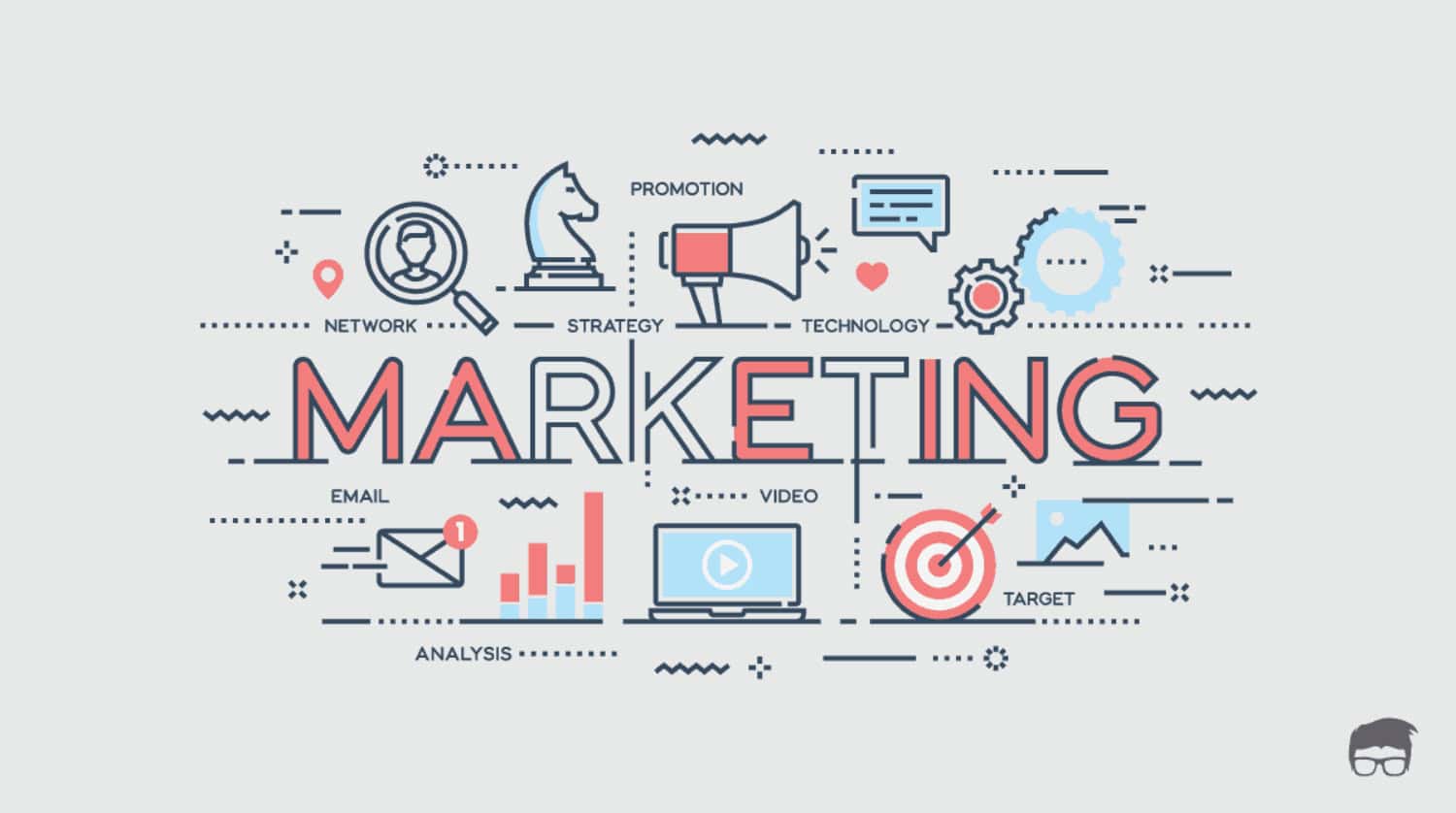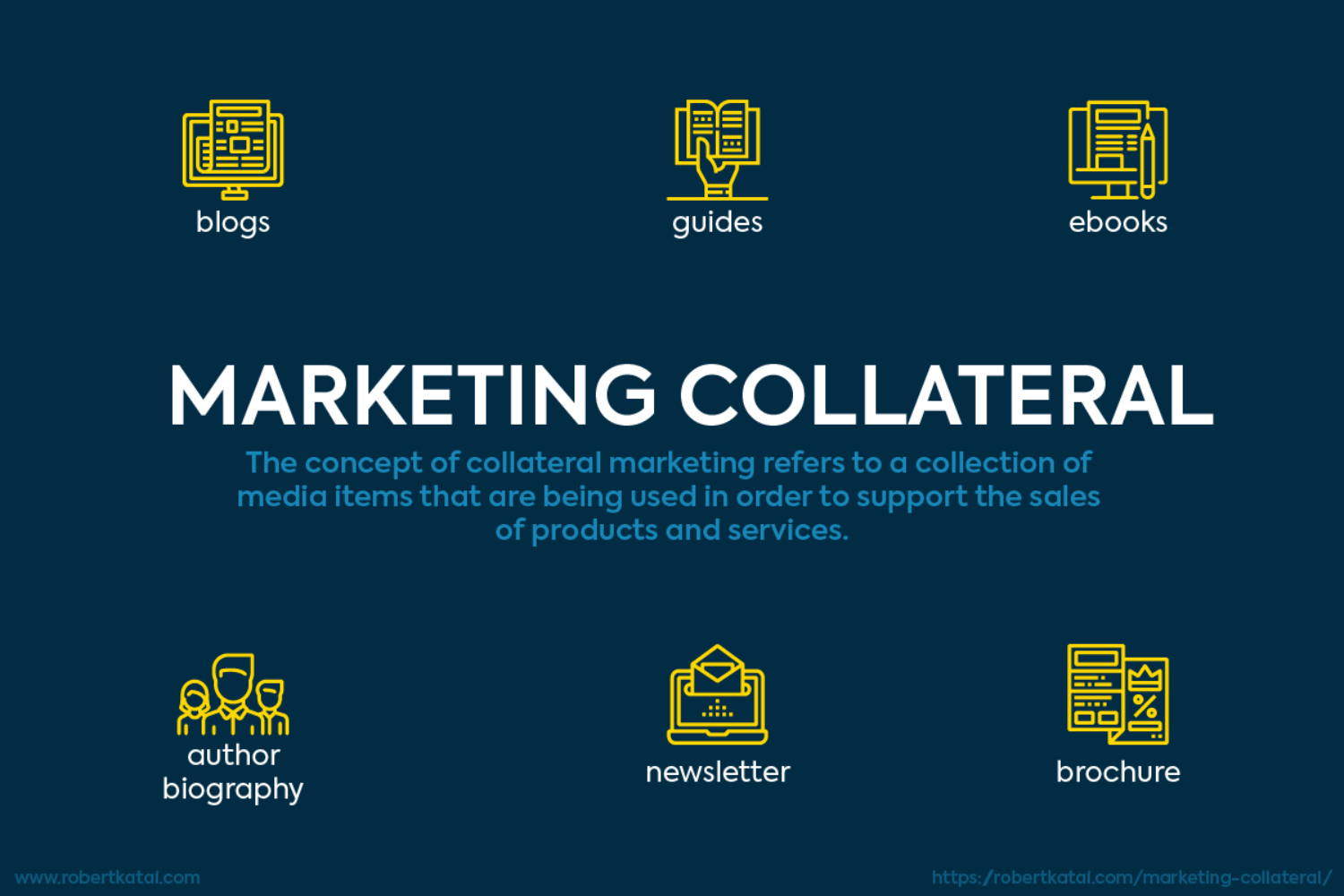While comprehending the service marketing mix, you surely have heard of the word physical evidence. It is one of the 7 Ps of the marketing mix that most humans overlook. However, it is critical to apprehend and leverage physical evidence as it could be a game-changer for companies looking to create a lasting influence on clients. But now, the question is, what does physical evidence in the marketing mix mean?
Physical evidence is the tangible elements that clients stumble upon while interacting with a brand, such as a store layout, packaging of products, and different others. These elements are vital in shaping customers’ perceptions and influencing purchasing choices. Moreover, physical evidence bridges the digital and real worlds, helping companies build trust, enhance customer experiences, and differentiate themselves.
This writing will deeply dive into the significance of physical evidence in the marketing mix. So, continue reading the article to discover how it could assist you in your business’ success.
Importance of Physical Evidence in Marketing
Physical evidence is significant in marketing as it is a tangible representation of a brand or product. In a world where online shopping has become the norm, physical evidence plays a crucial role in bridging the gap between the digital and physical realms.
It provides clients with a tangible experience that helps build trust and credibility, which may be challenging to establish in a purely digital environment. When clients can physically see and touch a product, it creates an experience of tangibility and authenticity, elevating purchasing possibilities.
Moreover, physical evidence also contributes to improving the user experience. The ambiance of a store, the format of a website, or the product packaging all affect how customers understand the brand.
By strategically incorporating physical evidence into the marketing mix, businesses can enhance the customer journey and create an extra memorable and engaging experience.
Physical proof also serves as a differentiating component in a crowded marketplace. With many brands vying for attention, the ones that can provide unique and visually attractive physical evidence will stand out from the competition.
A well-designed store, eye-catching packaging, or unique uniforms could make an enduring impression on customers and give them a reason to choose one brand over some other.
See also : What is the Netflix Marketing Mix? 4Ps of Netflix’s Marketing Mix
Types of Physical Evidence
Generally, there are two types of physical evidence, i.e., essential and peripheral. However, several other categories are based on business nature and sector. Some common types of physical evidence include:-
Store Environment
The store’s physical layout, design, and ambiance can significantly impact how customers perceive a brand. Factors such as lighting, music, cleanliness, visual merchandising, etc., all contribute to the overall store environment and influence customer experiences.
Product Packaging
It is vital in grabbing customers’ attention and delivering requisite information. It should adjust to the identity of the brand and values while effectively protecting the product. Packaging with a good design can create excitement and anticipation, making customers more likely to purchase the product.
Marketing Collateral
Brochures, flyers, business cards, and other printed materials are physical evidence that businesses use to communicate with customers. Their design, quality, and content reflect the brand’s professionalism and credibility.
Well-designed marketing collateral can leave a lasting impression on customers and make them more likely to engage with the brand.
Employee Appearance
The appearance and demeanor of employees can shape customer perceptions of a brand. Uniforms, grooming standards, and professional behavior all contribute to the physical evidence that customers encounter when interacting with employees.
A well-groomed and friendly employee creates a positive impression of the brand and elevates the customer experience.
Elements Of Physical Evidence
When incorporating physical evidence into a marketing strategy, you must consider specific elements that significantly impact customer perceptions. Here are some essential aspects of physical evidence:
Visual Appeal
It denotes the aesthetic appeal of physical evidence elements. Whether it’s the design of a store, the packaging of a product, or the layout of a website, visual appeal plays a crucial role in attracting and engaging customers.
Well-designed physical evidence elements create a positive and memorable impression, increasing the chances of customer engagement.
Consistency
While considering physical evidence, consistency is the key factor. All physical evidence elements should align with the brand’s messaging, identity, and values. It helps establish credibility and faith with consumers. Every touchpoint should reflect the brand’s overall image, from the store environment to the packaging design.
Quality
Another fundamental element of physical evidence is quality. Customers associate the quality of physical evidence elements with the brand or product’s quality. Whether it’s the materials used for packaging, the cleanliness of a store, or the professionalism of employees, maintaining high standards of quality is essential for creating a positive customer experience.
Authenticity
Authenticity refers to the genuine and transparent nature of physical evidence elements. Customers admire brands that are true to their values and deliver the right thing on their promises. By incorporating authentic physical evidence elements, businesses can create a sense of trust and credibility, fostering long-term customer relationships.
See Also: 5 Main Objectives Of Digital Marketing In 2024
Examples of Physical Evidence
Physical evidence is present in most industries, and its impact on customer perceptions can vary. Following are a few illustrations of physical evidence in different sectors:-
Retail
Physical evidence in the retail industry is evident and plays a significant role in shaping customer perceptions. Store layouts, product displays, signage, and employee appearance are all essential physical evidence contributing to the overall customer experience. For example, luxury retailers often invest in elegant store designs and well-dressed employees to create a sense of exclusivity and sophistication.
Food and Beverages
In the food and beverage industry, physical evidence elements such as restaurant decor, table settings, menu design, and food presentation significantly impact customer perceptions. Fine dining restaurants often invest in exquisite sets and elegant table settings to create a luxurious dining experience. On the other hand, fast-food chains focus on efficiency and convenience, with simple and practical physical evidence elements.
Automotive
In the automotive industry, physical evidence elements such as showroom designs, vehicle displays, and employee appearance contribute to customer perceptions. Luxury car brands often create visually appealing showrooms with sleek designs and well-dressed salespeople to convey a sense of sophistication and exclusivity. Budget car brands focus on affordability and practicality with more specific physical evidence elements.
FAQs
What is the importance of physical evidence in the marketing mix?
The importance of physical evidence in the marketing mix is that it helps individuals to judge the quality of the products and services of the company.
What is physical evidence in the marketing concept?
In the marketing concept, physical evidence is the tangible component or proof that establishes your business's credibility.
Conclusion
Physical evidence is becoming a crucial component for marketers today. By understanding and using it correctly, businesses can escalate their business. However, physical evidence comes with some charges. It would be best if you made some investments to set up a premium business entity.
Additionally, it would be best to contemplate other Ps of the marketing mix and physical evidence and even consider understanding the importance of RTB in Marketing. So, take an opportunity and leverage physical evidence and become the game-changer of the competition.
See Also: What is Experiential Marketing: Everything You Should Know










